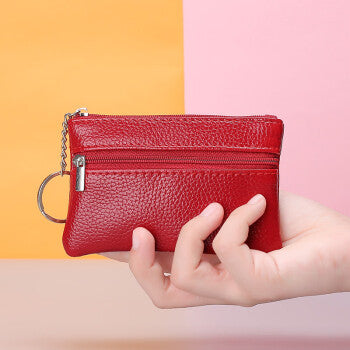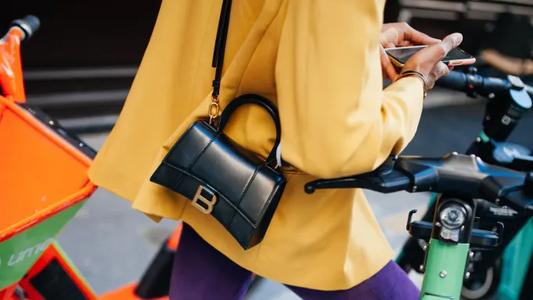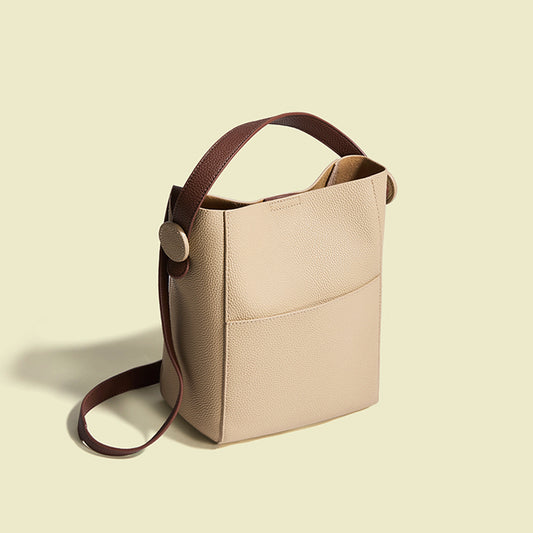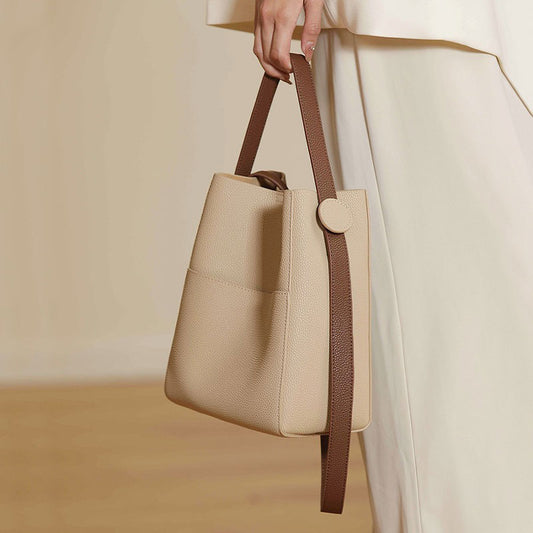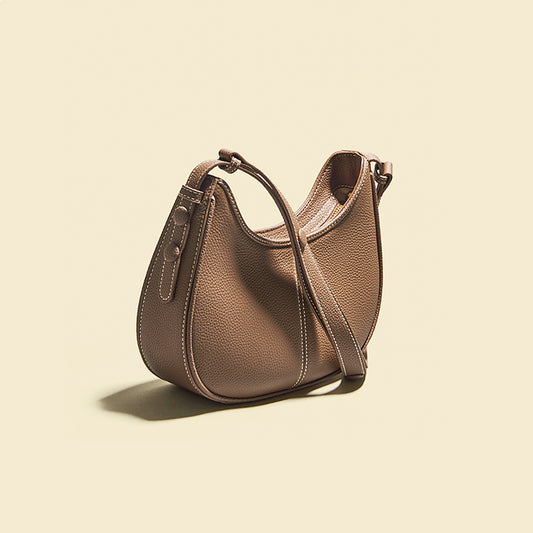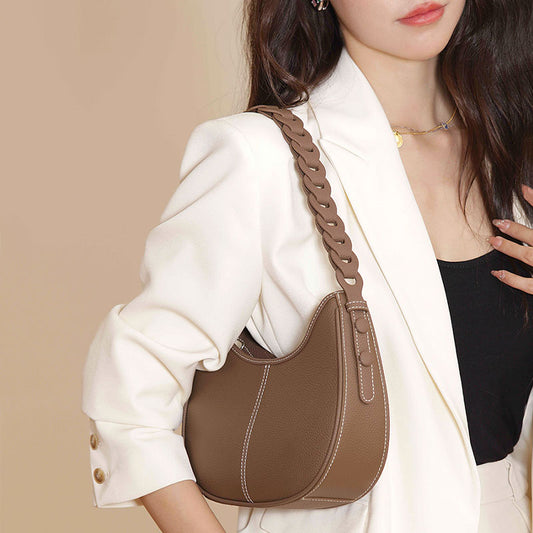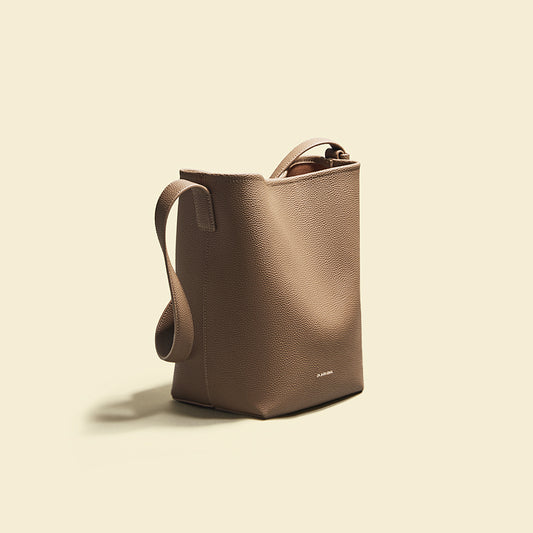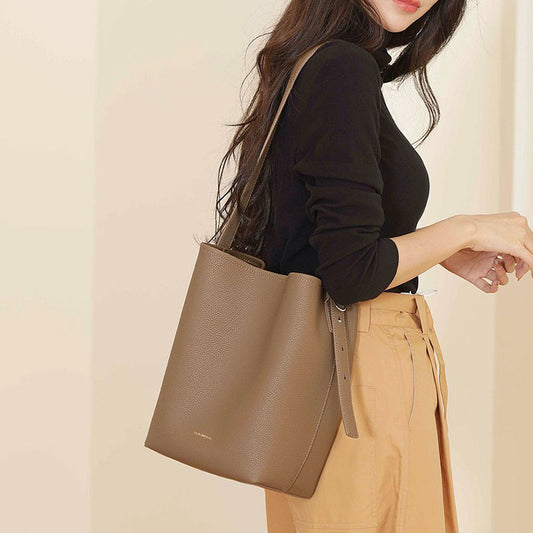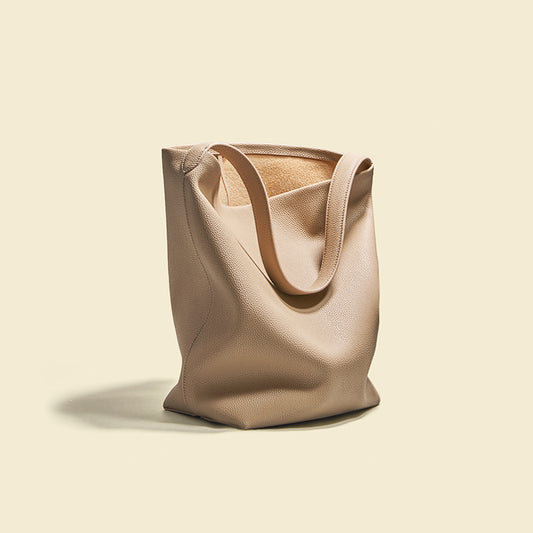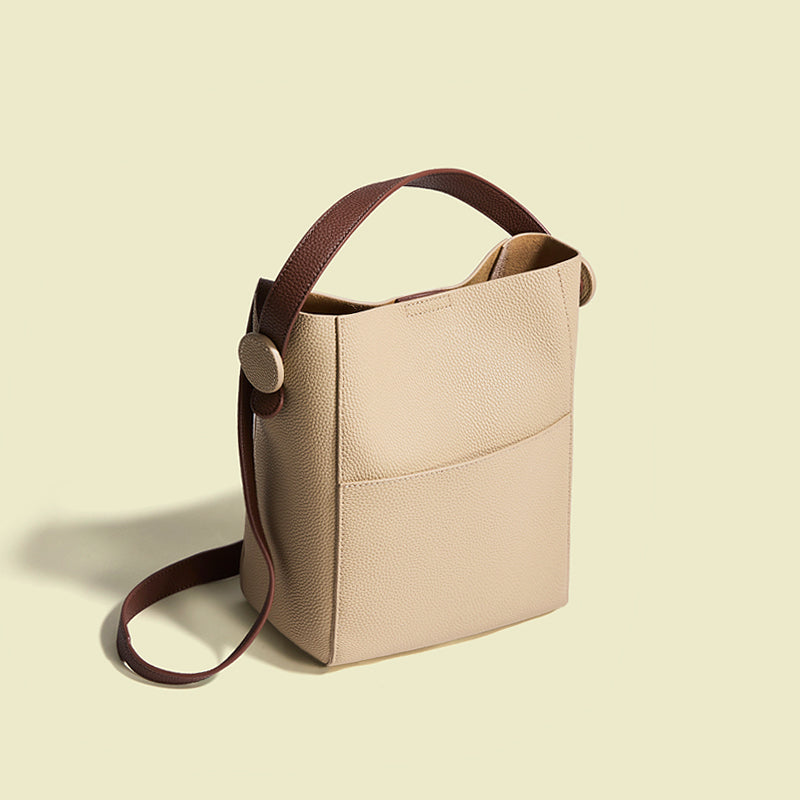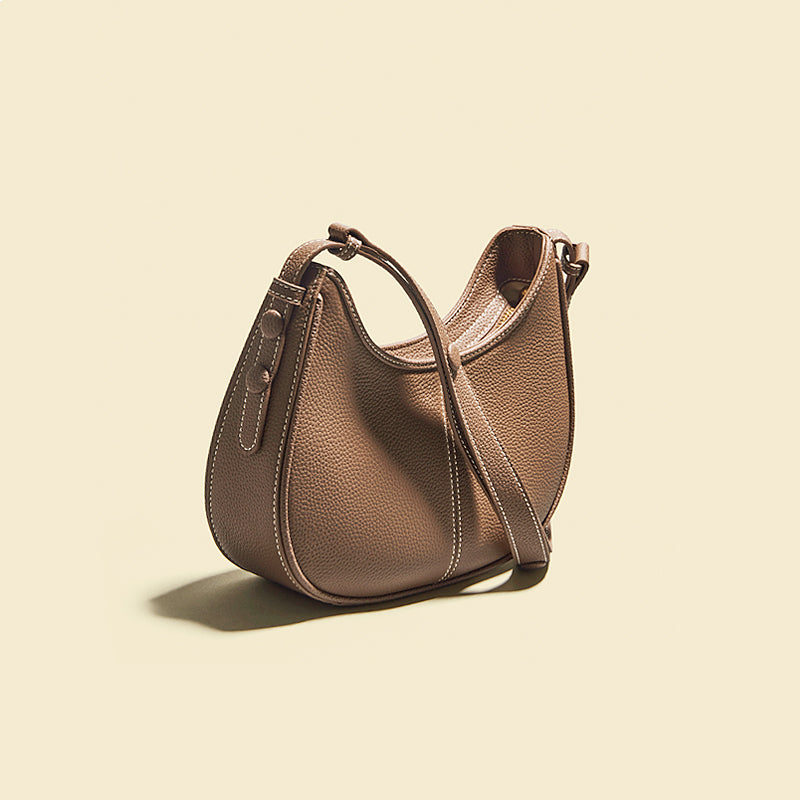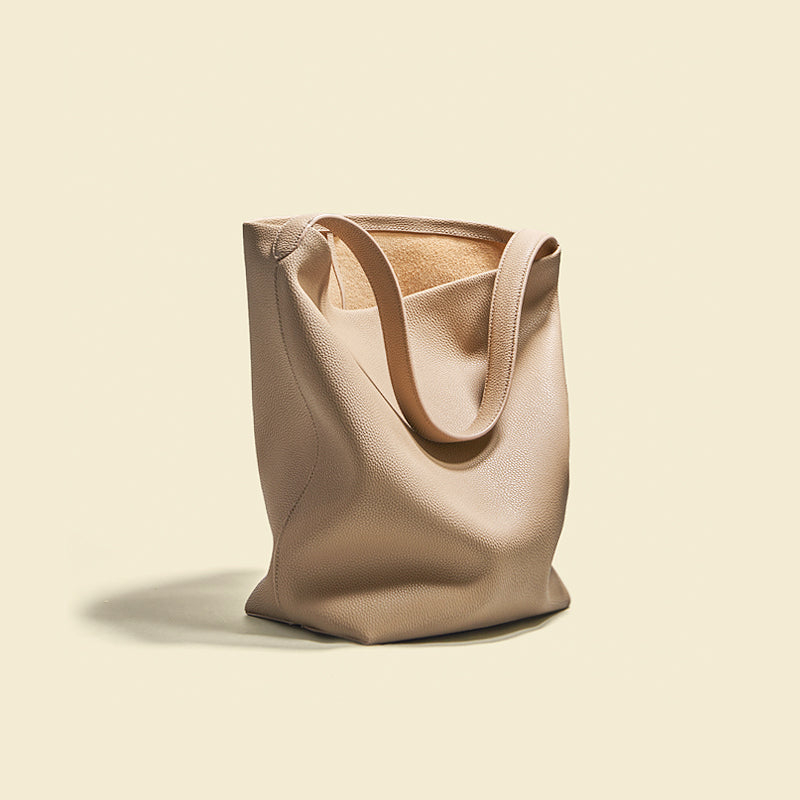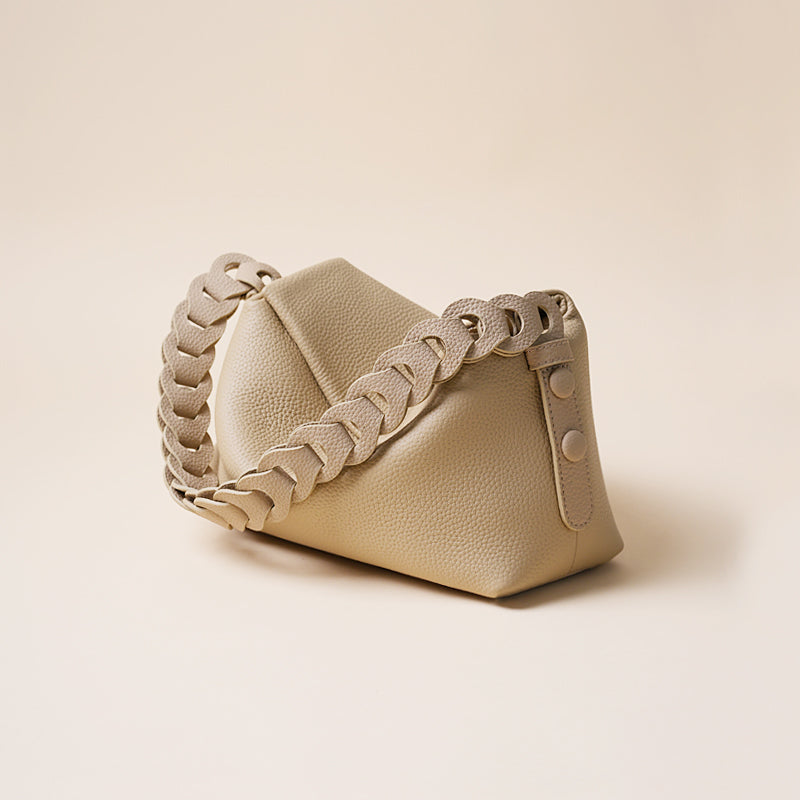1. Folded edge
The folded edge is a piece of chipped edge parts, according to the technical requirements of the edge of the excess part of the leather folded down with an adhesive bonding process.
Folded edge requires tools such as hammers, scissors, cones, adhesives, etc. The adhesive used depends on the nature of the leather, usually useful neoprene, gasoline glue, polyvinyl alcohol, etc.
The amount of folding required is usually 2 points or 10 ~ 20mm. According to the law of the edge shape of various luggage products, folding can be roughly divided into four forms folding straight edge, folding concave edge, folding convex edge, and folding concave-convex edge.
In these four forms, there are folded virtual edges, and fold the rear edge of the points. The main difference is that they are not lined in the virtual edge, while the solid edge is lined with cardboard.

2. Oil edge
Oil edge is a common method of edge finishing, it is decorated by applying various colors of edge oil to decorate. Edge oil mainly plays a decorative and beautifying cut for the edge of the raw edge of the parts, oil edge process on the bag's delicate, sophisticated design style performance distinct.
Commonly used finishing agents are lactic casein coating agents, acrylic resin coating agents, etc., their coating principle is to generate a protective film on the surface of the leather, the film has a transparent, flexible, elastic, light-resistant, aging resistant, water-resistant and other excellent properties, in the formula can be added to different dyes to meet the needs of different colors.
Oil edge process: first cut the edge straight according to the process requirements, with no burr on the edge; then the cut edge with an iron or iron on the edge of the line, requiring clear lines, while not burning the surface of the leather; then sandpaper in the edge of the sanding, the edge of the component lint sand away, the surface of the component clean; then according to the process requirements of the color with the edge of the oil for decoration, the temperature is generally 30 ~ 40 ℃; use drying equipment after making the edge oil dry, wipe on the edge of the part with a glossy agent.
The oil edge must be smooth, with no bubbles on the surface, curved projection at the edge position, the edge oil concentration should be moderate.

3. Rolled edge
There are two kinds of piping: natural color edge and different color edge. Before piping, cut the piping strip and sharpen the edge piece of the part. The piping strip is generally required to be a thorough piece with a thickness of 0.3~0.5mm, glue the part to the piping strip, and then sew it on the sewing machine.
4. Edging
Hemming is another processing method of edge trimming, as the thickness of the leather itself sometimes does not meet the needs of the product, to ensure that the edge thickness is required, the method of hemming to achieve the thickness specified by the edge of the parts.
Need to be the product parts need to edge the thickness of the edge of the piece cut evenly, will be cut to a width of 15 ~ 20mm thick edge leather strip piece cut side into a slope, and then coated with adhesive on the edge of the parts, and finally, the edge of the leather strip glued to the edge, push flat and then hammered firmly.
5. Ruffle the edge
First of all, the edges of the parts should be sanded and rounded, and holes should be punched at the edges of the parts, and then the seams should be interspersed with leather strips, thick threads, and other materials, and the seams should be even.

